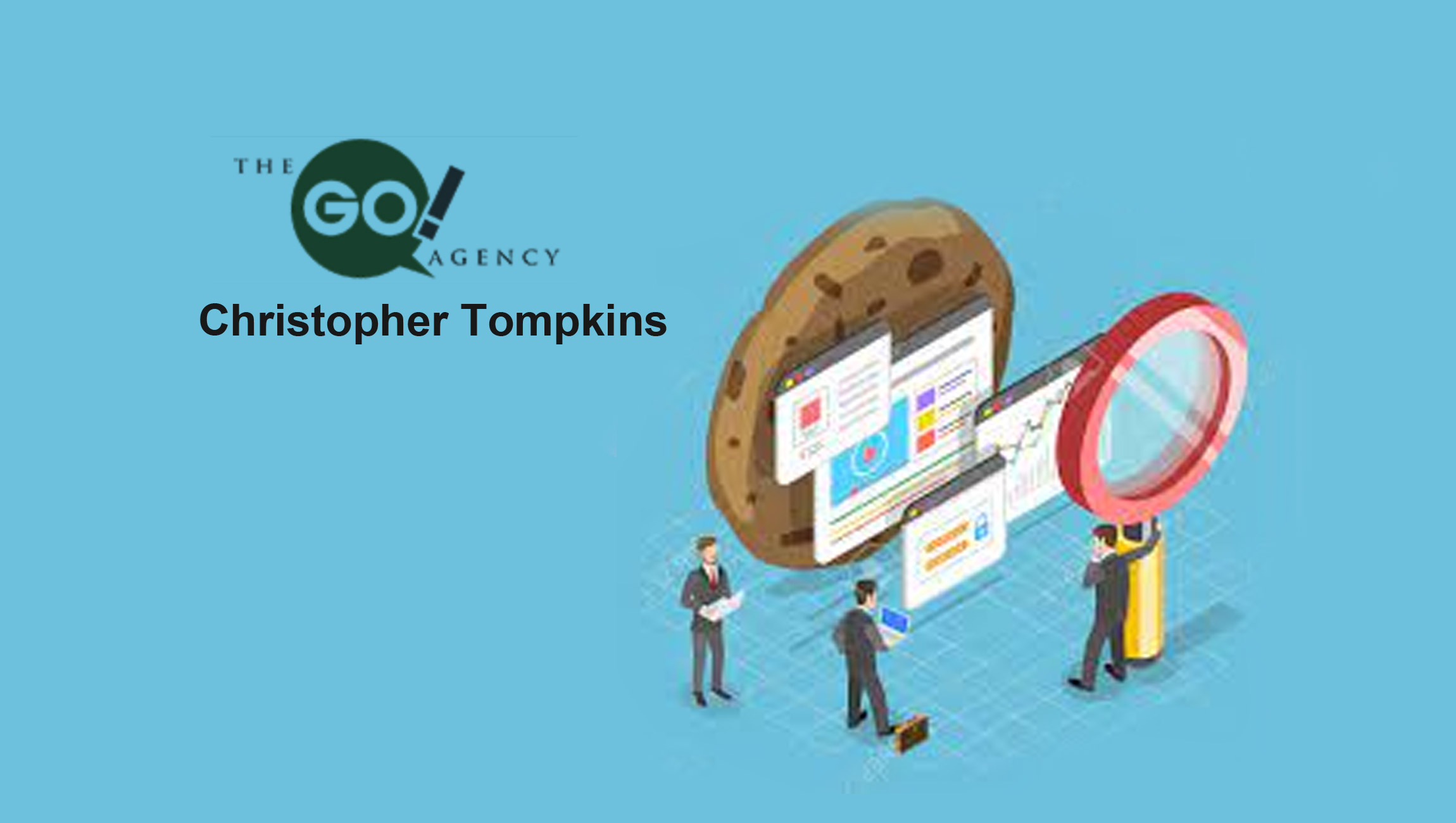Recently, Google announced its decision to stop supporting cookies on its Google Chrome browser. Naturally, the marketing world was shaken by this announcement, since many of us rely on cookies for valuable data and insights about our clients’ audiences. In a world without cookies, is this data no longer going to be available at all?
An important thing to note—Google is not banning the use of all cookies, just third-party ones. Because third-party cookies are put in place by someone other than the developer of the website, and their whole purpose is to collect customer data, mounting privacy concerns have caused Google to finally transition away from them. In this respect, Google is behind the curve, as third-party cookies have been banned from use on Firefox and Safari since 2013.
In a soon-to-be cookieless world, what are marketers who rely on third-party cookies for this important data going to do? Well, luckily, we have time to plan, as the end of cookies isn’t coming until late 2023, as Google recently pushed back the deadline. Here’s how we can use this time productively.
Marketing Technology News: Avatier Unveils 2021 Spring Release Identity Anywhere Suite
How to reevaluate your engagement strategy
If the death of third-party cookies has you worrying about tracking customers and engagement and behavior across your clients’ websites, it shouldn’t. All of that can be done via regular first-party cookies.
However, digital marketing relies on robust data for online advertising, pop-up ads, and pinpointed audience-targeting strategies, so a lot of us will have to start thinking about alternative first-party options as the phase-out begins. In all honesty, while this is going to be an inconvenient transition for a lot of us, I think the way we decide to innovate as a result will ultimately give us better methods for finding that same data.
Google is creating a Privacy Sandbox to replace third-party cookies, so that’s one potential solution to the problem. Essentially, it’s a series of applications that can give users aggregate data about the performance of their ads. Older strategies like contextual marketing through matching keywords might also be a viable solution.
You could also refocus your strategy to social media platforms instead of just direct traffic to your clients’ websites. Now might be a good time to rethink the story of your brand and draw people in the old fashion way—with really good, focused content. You can track device IDs or IP addresses. My point is that there are a lot of options here and we shouldn’t act like the “cookie apocalypse” is a real thing.
How to segment your digital audience to ensure you’re reaching the right people
We’re going to have to find the data that third-party cookies provided us somewhere since it’s so important for building out our customer profiles and targeting the right people. Here are a few of my recommended strategies:
- Second-party data. A lot of publishers are considering walled gardens for content, in which they trade access to their content in exchange for readers’ emails and other data. The second-party here is you, you could buy the data from the publishers that align with your audience, and then segment your audiences from there. That, however, is the pricey option.
- Zero in on users’ mobile device operating systems through a mobile ad ID. Mobile ad IDs are a great way to segment audiences based on behaviors and interests and, best of all, they’re privacy compliant and thus a sustainable strategy, so you won’t be facing a similar cookie problem in the near future. The useful thing about them is the ability to track location data—if a customer frequents a lot of hardware stores, then they’re probably the right kind of person for any ad even vaguely related to home improvement.
- Create lookalike audiences. These can be an incredible source of added insights if you use first-party data that originates from social media, surveys or questionnaires, and eCommerce websites with details on user purchase history. It’s trustworthy data, which means it can help you build precise audience segments that represent actual customer behavioral patterns.
Marketing Technology News: MarTech Interview with Ben Brenner, VP of Business Development and Strategy at Digital Remedy
How to craft broader campaigns that drive conversions
A world without third-party cookies does not mean we have to market and advertise based on less data. There are plenty of ways to go about getting the same data third-party cookies supplied us with that are more granular and will actually make the data you pick up even more specific.
The more we dig into customer patterns and first-party data, the more we can build campaigns around shaping customer behavior. Our ads will have to be more frequently retargeted and increasingly personal. We’ll all have to step it up in terms of audience engagement on social media.
Here’s the truth: third-party cookies have always been a crutch. They were never designed to be the backbone of a digital marketing strategy and we shouldn’t have relied on them that way. If anything, the absence of third-party cookies will give rise to more innovative ways of gathering customer data that do a better, more reliable job and also align with important privacy standards for our own businesses, and for our clients.
Marketing Technology News: PIM Drives The Future Of Data In Marketing And Sales











